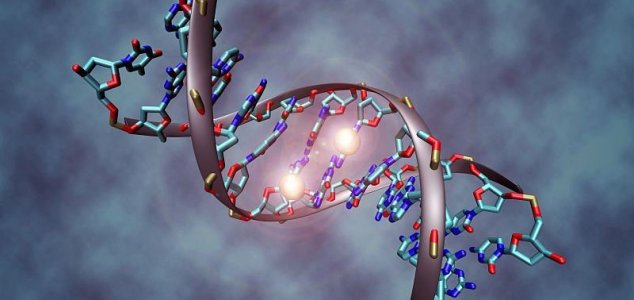
Can we store huge amounts of data on DNA ? Image Credit: CC BY-SA 3.0 Christoph Bock
The technology, which was first announced a few years ago by a multinational research team, involves storing huge amounts of digital data on microscopic strands of DNA.
While even the largest of today’s hard drives can only store around 6 terabytes of data, this new method could theoretically store 300,000 terabytes of data within only a fraction of an ounce of DNA.
It even has an advantage over traditional storage mediums in terms of reliability as well with DNA data remaining viable for thousands of years without any significant degradation.
This unparalleled longevity was demonstrated this week for the first time at the 250th meeting of the American Chemical Society where the researchers revealed that they had succeeded in storing data on DNA strands for the equivalent of 2,000 years – a feat that was accomplished by embedding the DNA in silica balls and heating it up to 160 degrees Fahrenheit for one week.
The next task in the process of turning this in to a practical storage medium will be to find a way to make it possible to access specific information on the DNA rather than having to read it all at once.
“In DNA storage, you have a drop of liquid containing floating molecules encoded with information,” wrote lead researcher Robert Gras. “Right now, we can read everything that’s in that drop. But I can’t point to a specific place within the drop and read only one file.”
Originally posted 2015-08-26 15:24:50. Republished by Blog Post Promoter













